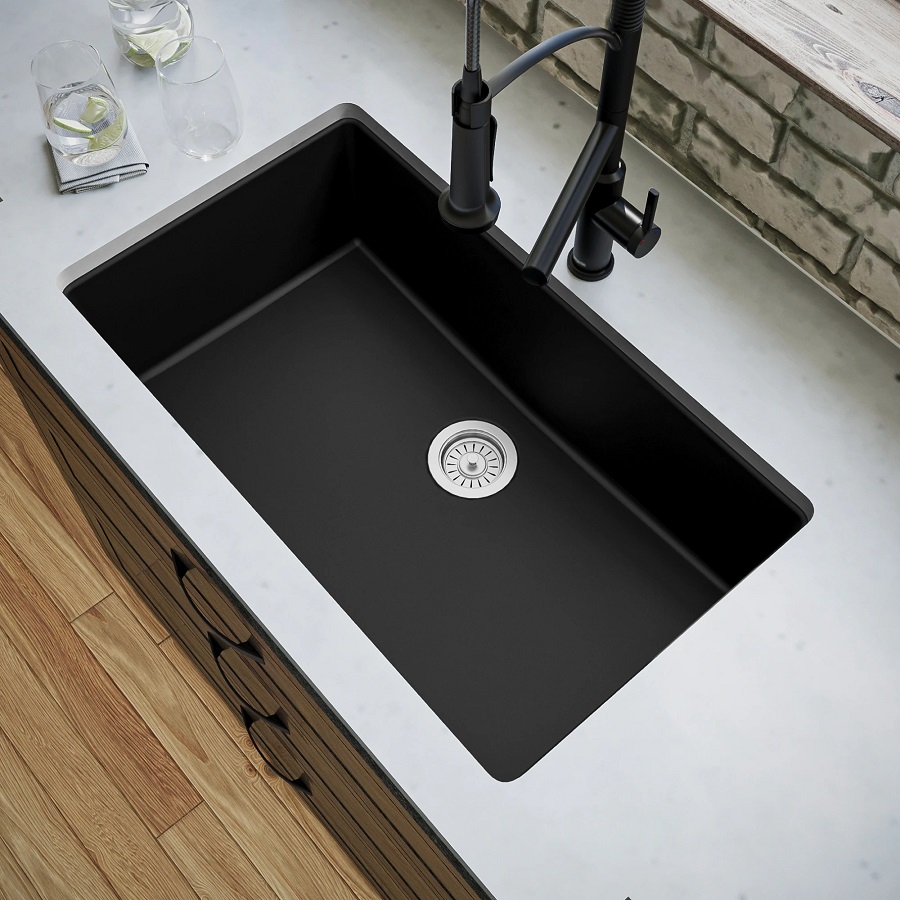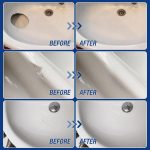Recognizing Signs of Mold Under the Sink
Identifying mold under sink spaces is crucial for a healthy home. Be on the lookout for the following signs:
- Musty Odors: A persistent musty smell near the sink often indicates hidden mold.
- Visible Growth: Look for black, green, or white patches on walls or cabinets.
- Water Leaks: Frequent leaks are a red flag that can lead to mold growth.
- Warped Wood: Cabinet wood that looks warped may be suffering from moisture damage.
- Peeling Paint or Wallpaper: This may signal excessive moisture, possibly from mold.
If you spot any of these signs, address the issue promptly to prevent further mold issues.
Causes of Mold in Kitchen and Bathroom Cabinets
Understanding the causes of mold under sink in kitchen and bathroom cabinets is key to prevention. Here are several factors that often contribute to mold growth in these areas:
- Excess Moisture: The most common cause of mold in cabinets is high humidity levels or water that accumulates and does not dry quickly.
- Poor Ventilation: Cabinets often have limited airflow which can trap moisture, creating an ideal environment for mold.
- Leaks: Small leaks from pipes or faucets can go unnoticed and provide constant moisture for mold to thrive.
- Spills or Splashes: Regular use of the sink can result in water spills or splashes that seep into cabinet materials.
- Condensation: Differing temperatures inside and outside the cabinets can cause condensation, which promotes mold growth.
To tackle mold under sink issues effectively, identify the specific causes in your home and take steps to mitigate them.
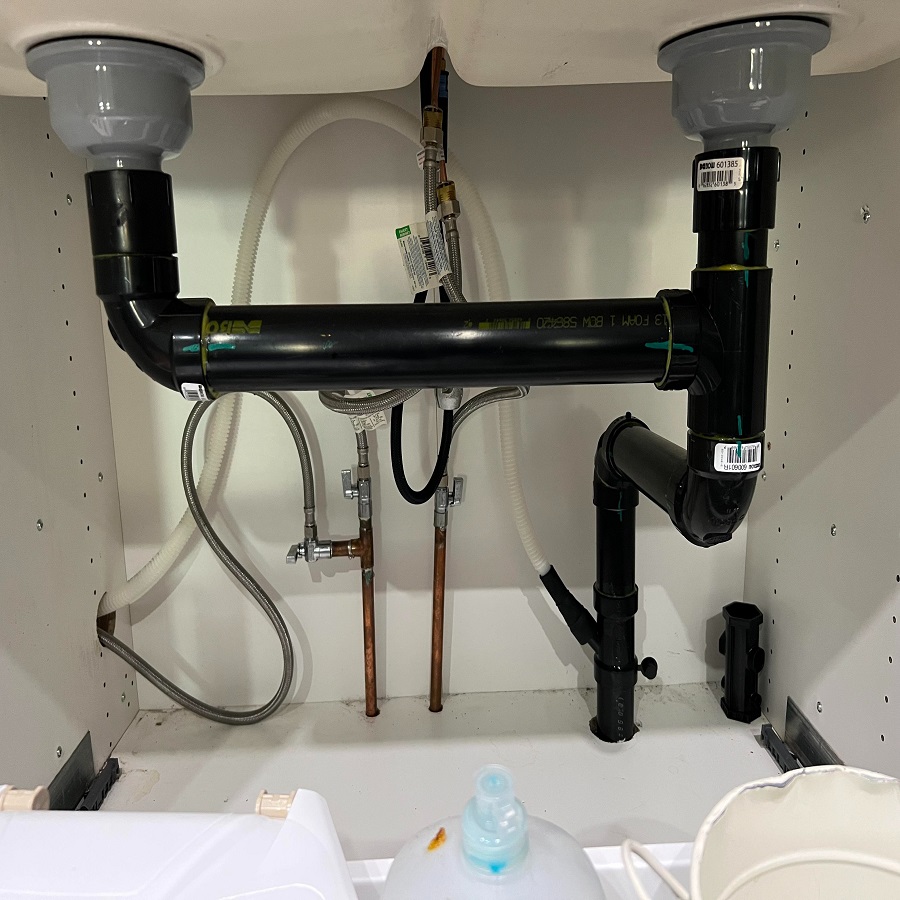
The Health Risks Associated with Mold Exposure
Mold exposure, particularly from areas like under a sink, can pose several health risks. It is important to understand these risks to ensure the well-being of all household members. Here are some of the health concerns related to mold exposure:
- Allergic Reactions: Many people may experience allergies when exposed to mold. Symptoms can include sneezing, runny nose, red eyes, and skin rash.
- Asthma Attacks: For individuals with asthma, mold can trigger attacks. This can make breathing difficult and worsen asthma over time.
- Respiratory Issues: Even for those without allergies or asthma, mold can irritate the lungs. It can cause coughing, wheezing, and trouble breathing.
- Immune System Problems: Prolonged exposure to mold may weaken the immune system. This can make it harder to fight off infections.
Children, the elderly, and those with pre-existing health conditions are especially at risk. If ‘mold under sink’ is not addressed, it can lead to chronic health issues. Therefore, it is crucial to take steps to remove and prevent mold in your household.
Steps for Cleaning and Removing Mold
When dealing with mold under sink, prompt action is crucial. Here’s a step-by-step guide:
- Wear Protective Gear: Before cleaning, put on gloves, a mask, and goggles.
- Ventilate the Area: Open windows to ensure good airflow during the cleaning process.
- Empty the Cabinet: Take out all items from under the sink to expose the mold.
- Mix Cleaning Solution: Combine water and white vinegar or a mold-specific cleaner.
- Scrub the Mold: Use a stiff brush to scrub the mold away from surfaces vigorously.
- Rinse Thoroughly: After scrubbing, rinse the area with clean water to remove residue.
- Dry the Area: Make sure you dry the cleaned surfaces completely to prevent new growth.
- Dispose of Materials: Throw away any mold-infected items and the used cleaning materials.
Remember, for extensive mold issues, consider hiring a professional. They have the tools and experience to tackle severe infestations safely. Small steps can make a big difference in maintaining a mold-free space under your sink.
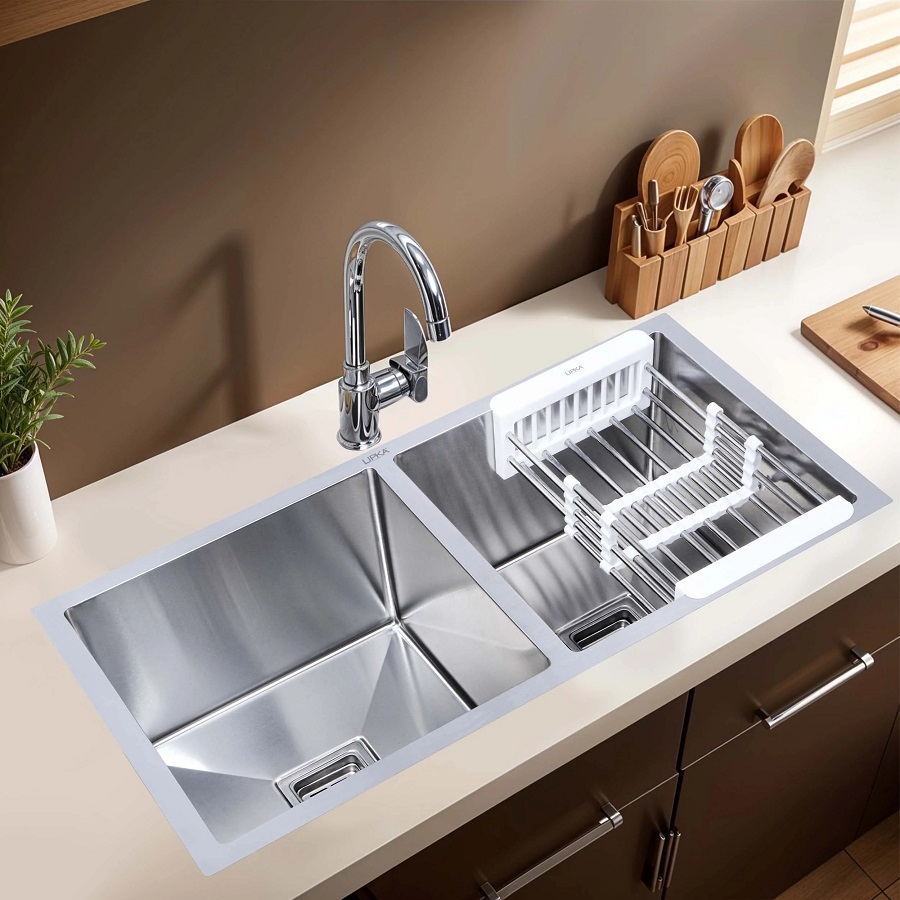
Tips for Preventing Mold Under Sinks
Preventing mold under sinks is key to a healthy home environment. Here are practical tips to help you keep mold at bay:
- Keep Areas Dry: Wipe up water spills and splashes immediately. Use absorbent mats to catch drips.
- Fix Leaks Promptly: Regularly check for leaks under the sink and fix them as soon as they appear.
- Improve Air Circulation: Keep cabinet doors open when possible to allow airflow, which helps dry out moisture.
- Use a Dehumidifier: Reduce humidity in moist areas with a dehumidifier.
- Clean Regularly: Schedule cleanings to catch mold before it spreads.
By following these steps, you can minimize the risk of mold under your sink. It’s all about maintaining a dry, well-ventilated environment. Keep an eye on potential problem areas and act fast if you see signs of moisture or mold. Small actions can prevent larger problems with mold growth.
Choosing the Right Materials for Sink Cabinets
Choosing the right materials for your sink cabinets is critical in preventing mold under sink. It’s important to select materials that resist moisture and can withstand the humid conditions often found in kitchens and bathrooms. Here are some options to consider:
- Solid Wood Cabinets: While wood can warp with moisture, solid wood can be treated to resist water damage.
- Plywood: This material is stronger than particle board and can hold up better in damp environments.
- Stainless Steel: Ideal for both durability and moisture resistance, stainless steel is an excellent choice for sink cabinets.
- Thermofoil Cabinets: These have a plastic coating that makes them resistant to moisture and easy to clean.
When renovating or installing new cabinets, prioritize materials that are known for their resistance to mold and moisture. Opt for high-quality products that ensure longevity and contribute to healthier indoor air quality.
Avoid using cheap materials like particle board, which can absorb water easily and become a breeding ground for mold under sink. Investing in better materials can save you from costly mold removal and health issues down the line.
Importance of Proper Ventilation in Preventing Mold
Good ventilation is critical in the fight against mold under sink in your home. Mold thrives in still, moist air. Here are reasons why proper ventilation is paramount:
- Prevents Moisture Build-up: Air movement helps to dry out damp areas quickly.
- Reduces Humidity: Well-ventilated spaces maintain lower humidity levels, discouraging mold growth.
- Clears Out Mold Spores: Fresh air flow removes airborne mold spores, reducing their spread.
To improve ventilation in kitchens and bathrooms:
- Use Exhaust Fans: When taking a shower or cooking, turn on exhaust fans.
- Open Windows: Improve airflow by opening windows when the weather allows.
- Door Vents: Consider installing vents in cabinet doors for continuous air circulation.
- Check Air Ducts: Ensure that your HVAC system is working properly and ducts are clear.
By maintaining proper ventilation, you will keep the moisture level under control, creating an environment where mold under sink struggles to grow.
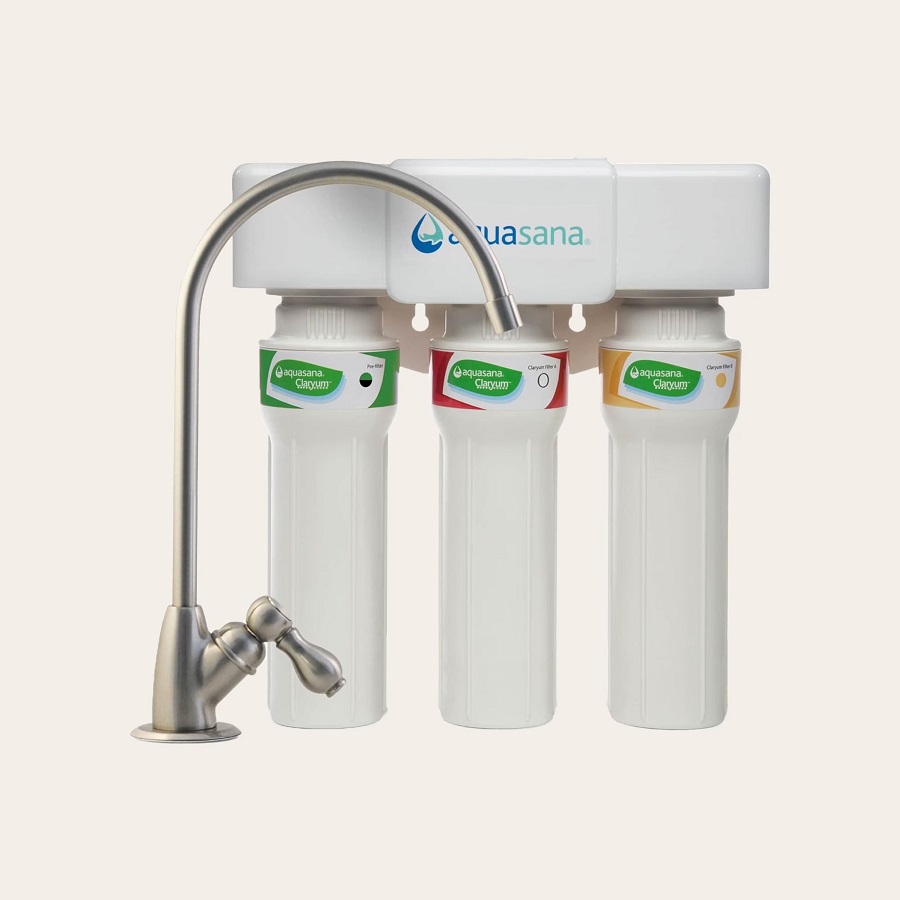
Regular Maintenance to Keep Mold at Bay
Maintaining a mold-free area under your sink requires regular and diligent upkeep. Incorporating a few straightforward practices into your routine can make a significant difference. Here’s how you can keep mold at bay:
- Inspect Regularly: Check under the sink weekly for signs of moisture or leaks.
- Clean Surfaces: Wipe down the insides of cabinets with a dry cloth to remove any dampness.
- Monitor Humidity Levels: Use a hygrometer to check humidity and ensure it stays below 50%.
- Seal Pipes and Fixtures: Apply caulking around pipes and fixtures to prevent water seepage.
- Use Mildew-Resistant Mats: Place these mats under the sink to capture moisture and spills.
- Replace Old Items: Throw out any items that are damp or have mold growth regularly.
By following these simple maintenance tips, you can effectively prevent the conditions that allow mold under sink to flourish. Stay vigilant and proactive to ensure a healthy, mold-free home.
